Iran and the 'Great Satan'
Why the US and the Islamic Republic of Iran have been at each other's throats for more than four decades
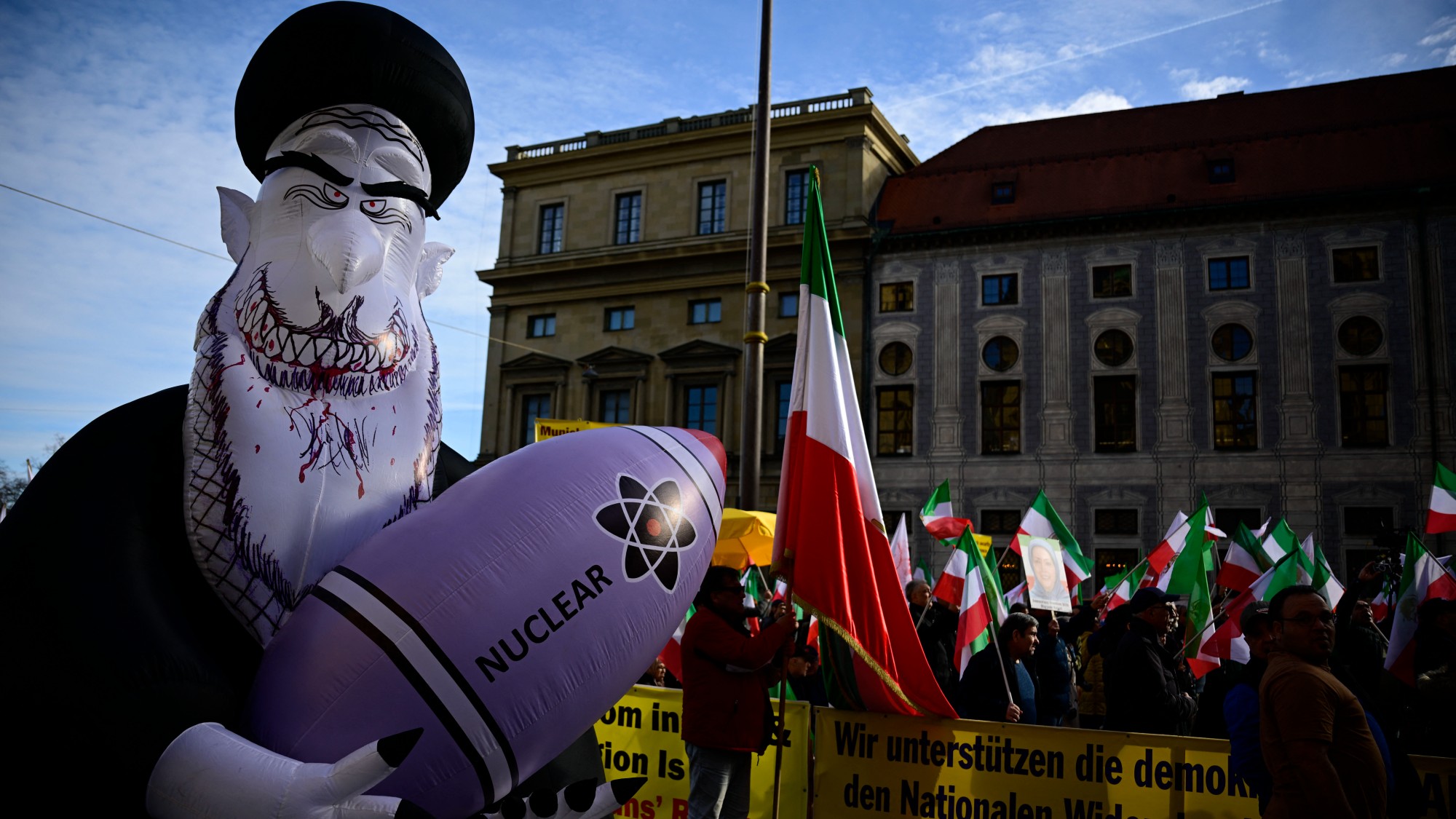
Since its inception in 1979, the Shia theocracy now led by Supreme Leader Ayatollah Ali Khamenei and a council of clerics has considered the US the "Great Satan" (the UK is dubbed the "Little Satan", as is Israel).
America is thought of as an intruder in the Middle East and a primary obstacle to the mullahs' goal of sustaining and spreading their Islamic revolution. The nations have been locked into a decades-long low-level conflict; Iran sponsors a network of militias across the region, including Hezbollah in Lebanon, Hamas in the Palestinian territories, and the Houthis in Yemen. It sees the US as an existential threat that has crippled its economy with sanctions. Speeches and sermons often end with the chant, "Death to America!"
How did the problems begin?
Iran has harboured a deep and long-standing mistrust of the UK dating from the early 19th century. But its antipathy towards the US is rooted in the events of 1953, when the CIA – together with Britain's MI6 – orchestrated a coup against the democratically elected Iranian prime minister, Mohammad Mossadegh. Considered a hero by many Iranians, Mossadegh had nationalised the British-owned Anglo-Iranian Oil Co. But the US and the UK funded regime opponents, ensuring that their ally the Shah, Mohammad Reza Pahlavi – previously a constitutional monarch – was installed as head of state. British and US access to oil was restored. As a result, the Shah was considered a puppet of the West by many Iranians; he used an often brutal secret police force to keep Leftist and religious opposition groups in check.
The Week
Escape your echo chamber. Get the facts behind the news, plus analysis from multiple perspectives.

Sign up for The Week's Free Newsletters
From our morning news briefing to a weekly Good News Newsletter, get the best of The Week delivered directly to your inbox.
From our morning news briefing to a weekly Good News Newsletter, get the best of The Week delivered directly to your inbox.
How did the Iranian revolution come about?
The Shah's regime was corrupt and dysfunctional. And amid a sharp economic contraction, protests paralysed the country in the late 1970s. The protesters included secular Leftists and nationalists as well as Islamists, but Ayatollah Ruhollah Khomeini, a fundamentalist cleric then exiled in France, emerged as the movement's undisputed figurehead. The unrest forced the Shah to flee in January 1979, allowing Khomeini to return and set up the theocratic government that serves as the basis of the current regime. President Jimmy Carter gave the Shah permission to go to the US for cancer treatment, blocking the new regime's demands for his return to stand trial. On 4 November 1979, enraged Iranian students broke into the US embassy in Tehran, taking 53 diplomats hostage for 444 days.
How did the US react?
The hostage crisis set the tone for post-revolution relations. President Carter ordered a rescue mission, which went wrong, resulting in the deaths of eight US servicemen. Carter severed diplomatic relations, and although the hostages were released in 1981, they have remained frozen ever since. In the 1980s, proxy struggles between the US and Iran's theocracy began. In 1980, Iraq's Saddam Hussein began a war against Iran in which an estimated 500,000 people died. The US supported Iraq as the lesser of two evils. In 1983, two truck bombs killed 241 Americans, mostly marines, who were on a peacekeeping mission in Lebanon's civil war. A Shia militia, Islamic Jihad, claimed responsibility, and the US regarded the attack as an Iranian-led operation. In 1988, the US navy mistakenly shot down an Iranian passenger jet in the Persian Gulf, killing all 290 people on board. It was during this period that Iran decided to develop nuclear weapons.
Have relations always been poor?
In the 1990s, Iranian moderates tried to advance some form of dialogue, and in 2001, when the 9/11 attacks devastated the US, Iran expressed sympathy: Tehran opposed Sunni militants such as al-Qa'eda and the Taliban. But in early 2002, President George W. Bush labelled Iran as part of the "axis of evil", and began plans for regime change in Iraq; Iran, US officials suggested, would be next. In response, Iran formed a political alliance that it called the "axis of resistance", comprising Iran, Syria's government, and Hezbollah in Lebanon. The US-led invasion of Iraq in 2003 initially posed a great threat to Iran's leaders, but as the occupation fell into disarray, it became clear that it was a great opportunity. Iranian-aligned Shia militias and politicians soon became a leading power in Iraq – their fighters killed hundreds of US soldiers with improvised bombs. When President Obama took office in 2009, he sought to calm tensions.
What effects did that have?
In 2015, US negotiators and Iran's president, Hassan Rouhani – a relative moderate – reached a deal to curtail Iran's nuclear programme. Iran agreed to slash the number of its uranium centrifuges (which can turn uranium into a form usable in nuclear bombs) and submit to inspections. In return, sanctions would be lifted and $50bn in frozen Iranian assets held abroad would be released. The deal was supposed to prevent Iran from enriching large amounts of uranium until at least 2031. But it was dumped by President Trump, who complained that it only limited Iran's nuclear activities for a fixed period and didn't address the country's support for terrorism abroad. Instead, sanctions were tightened.
A free daily email with the biggest news stories of the day – and the best features from TheWeek.com
What has happened since?
In January 2020, in response to an attack on US forces in Iraq, Trump ordered the assassination of Iran's Qasem Soleimani, in a drone strike at Baghdad Airport. The leader of the Quds Force, Soleimani oversaw a network of allied militias across the region and was a leading figure in the regime. Inside Iran, protests sparked by the death of a young woman while in the custody of the morality police erupted in 2022 into the biggest revolts against the Islamist regime since 1979. But the theocratic elite led by Khamenei has survived, and its influence in the Middle East remains powerful – as Hamas's 7 October attacks and subsequent actions by Iranian-linked groups have shown.
"The wily fox": Iran's beef with Britain
In the early 19th century, the once-great Persian empire found itself harassed on all sides by other empires: the Ottomans in the west, the Russians to the north, and – because of Iran's position on the land route to India – the British. Britain played a role as a broker in the 1813 Treaty of Gulistan, when Iran was forced to cede its Caucasian territories to Russia – earning Britain the enduring Iranian nickname: "the wily fox". Iran's current borders were to some extent defined after British victory in the Anglo-Persian War of 1856-57, and an Anglo-Iranian agreement made in 1872 was described by Lord Curzon as a "complete and extraordinary surrender" of Iran's resources. British companies purchased rights to set up banks, print currency, explore for minerals and grow tobacco.
By 1913, Britain had signed a contract under which all Iranian oil became its property – followed by an "agreement" giving it control of Iran's army and treasury. Britain encouraged the US to orchestrate the coup of 1953 – they pushed the plan first on President Truman, who refused, and then on Eisenhower, arguing it was needed to stop a communist takeover. But this was only one episode in a very long history of British interference in Iran's affairs.
-
 ‘The point here is not to be anti-tech but to rebalance a dynamic’
‘The point here is not to be anti-tech but to rebalance a dynamic’Instant Opinion Opinion, comment and editorials of the day
-
 ‘It’s critical that Congress get involved’
‘It’s critical that Congress get involved’Instant Opinion Opinion, comment and editorials of the day
-
 ‘The choice isn’t between domestic and foreign talent; the nation was built on both’
‘The choice isn’t between domestic and foreign talent; the nation was built on both’Instant Opinion Opinion, comment and editorials of the day
-
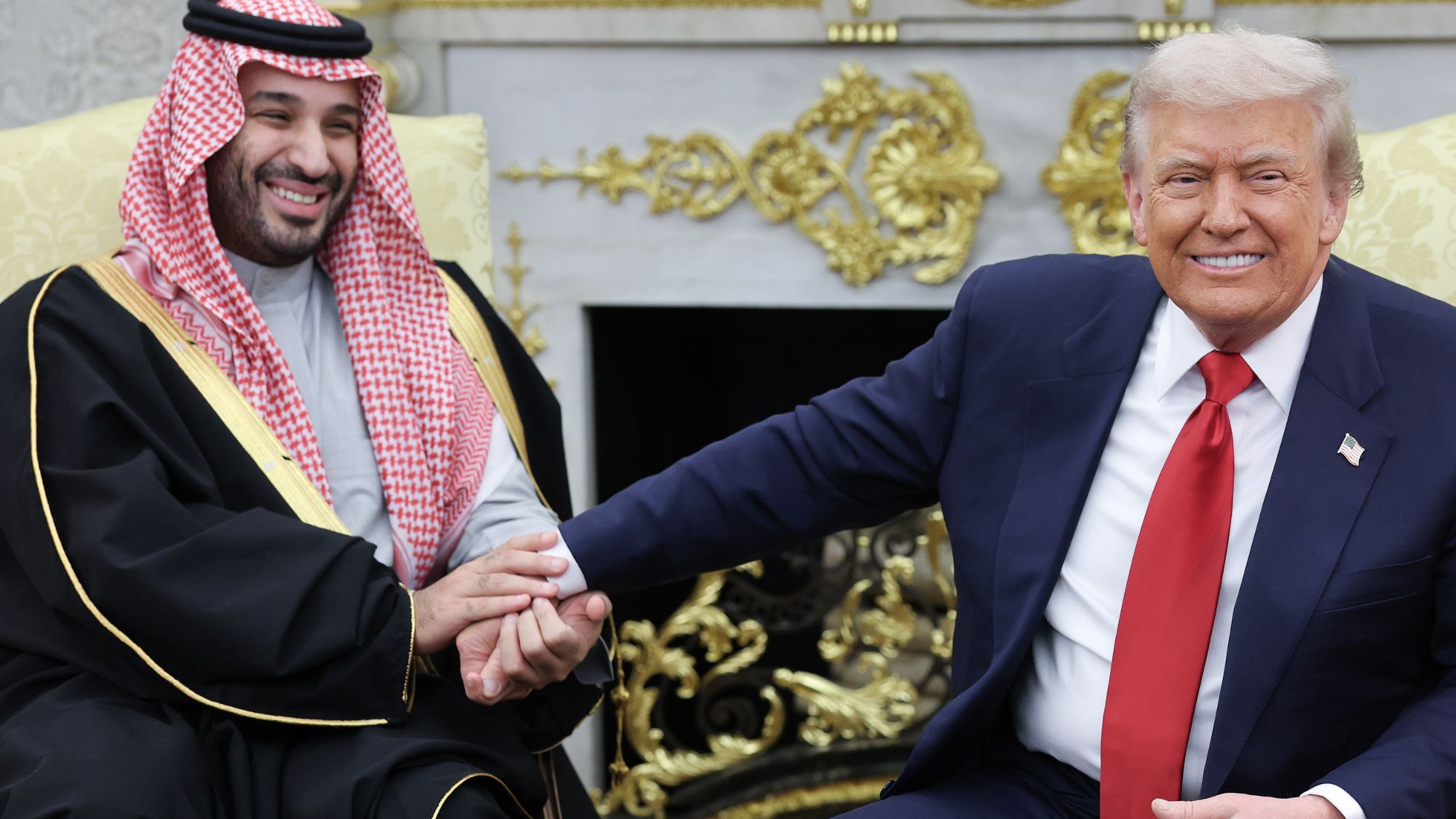 The US-Saudi relationship: too big to fail?
The US-Saudi relationship: too big to fail?Talking Point With the Saudis investing $1 trillion into the US, and Trump granting them ‘major non-Nato ally’ status, for now the two countries need each other
-
 ‘Latinos bring a wealth of knowledge and cultural connection to the ocean’
‘Latinos bring a wealth of knowledge and cultural connection to the ocean’Instant Opinion Opinion, comment and editorials of the day
-
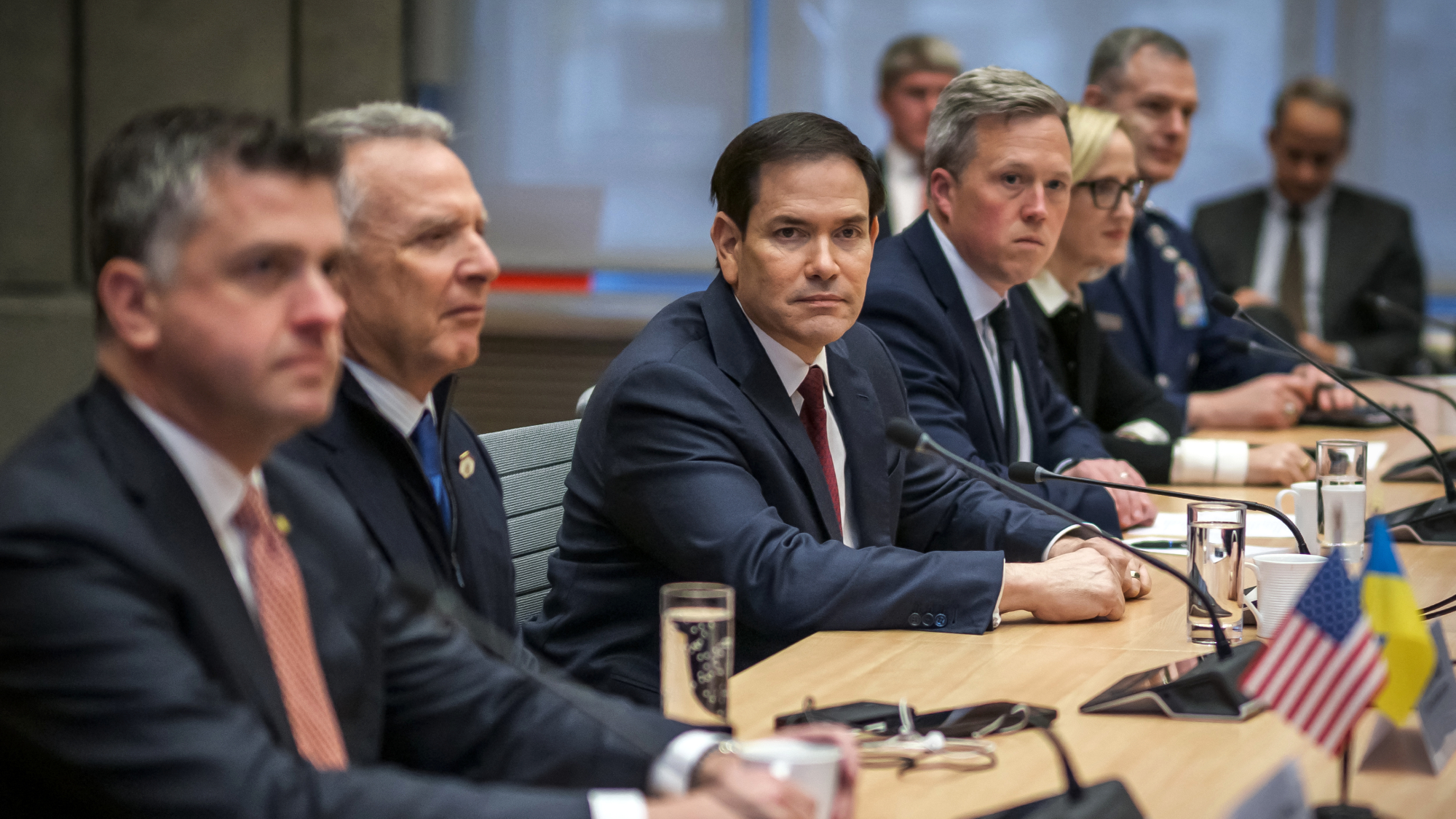 US, Kyiv report progress on shifting Ukraine peace plan
US, Kyiv report progress on shifting Ukraine peace planSpeed Read The deal ‘must fully uphold Ukraine’s sovereignty,’ the countries said
-
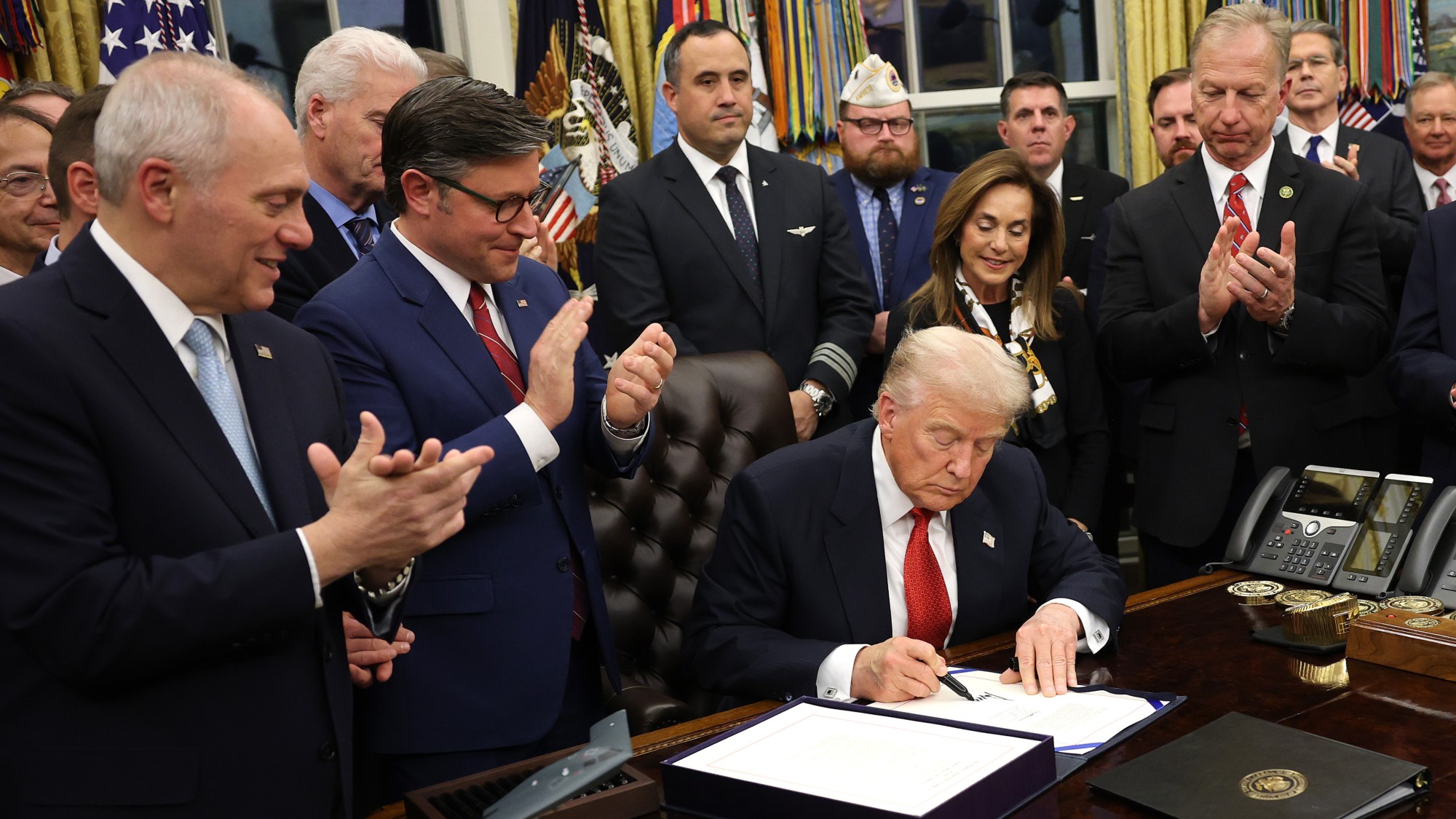 US government shutdown: why the Democrats ‘caved’
US government shutdown: why the Democrats ‘caved’In the Spotlight The recent stalemate in Congress could soon be ‘overshadowed by more enduring public perceptions’
-
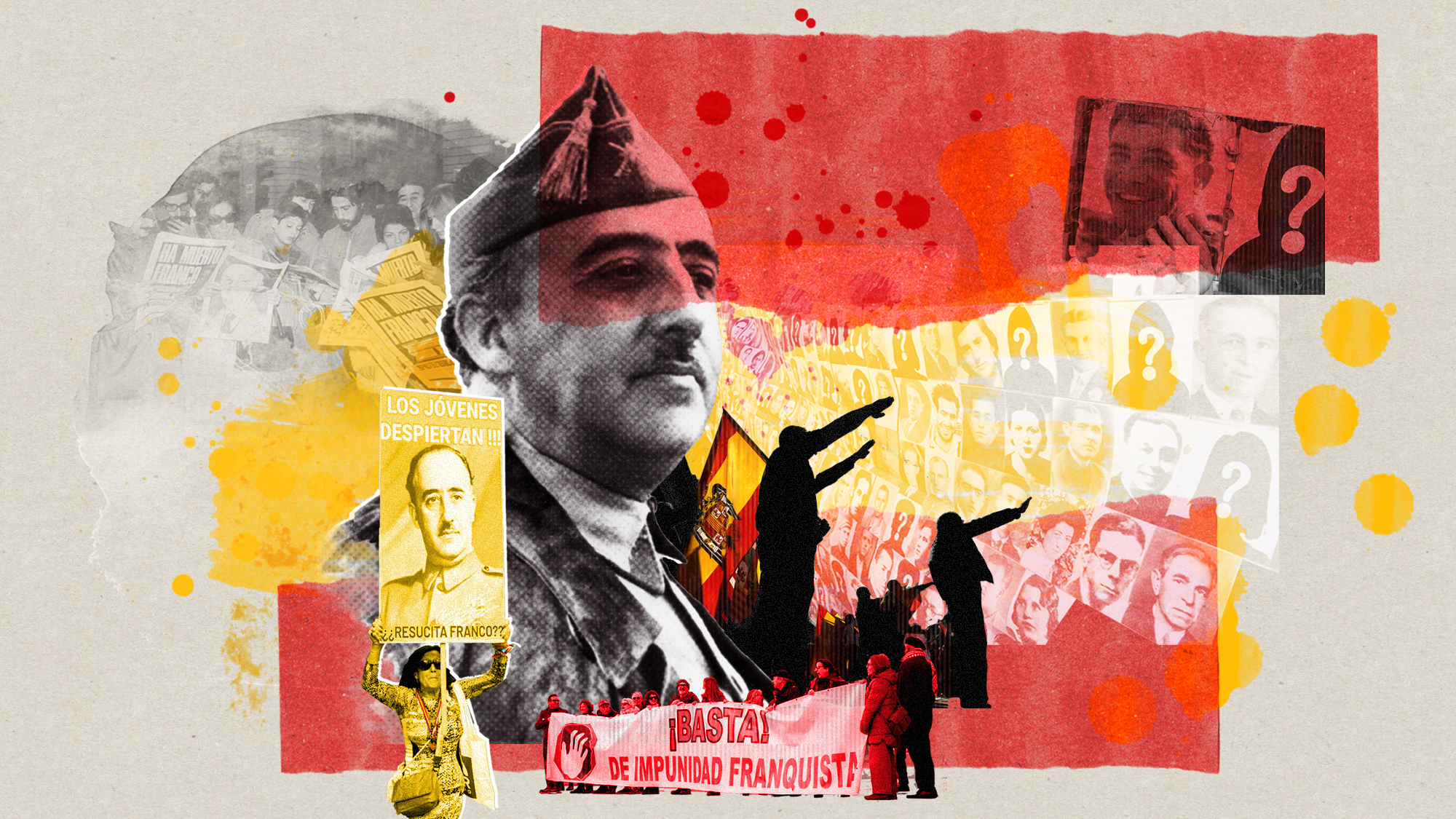 Revisionism and division: Franco’s legacy five decades on
Revisionism and division: Franco’s legacy five decades onIn The Spotlight Events to mark 50 years since Franco’s death designed to break young people’s growing fascination with the Spanish dictator


